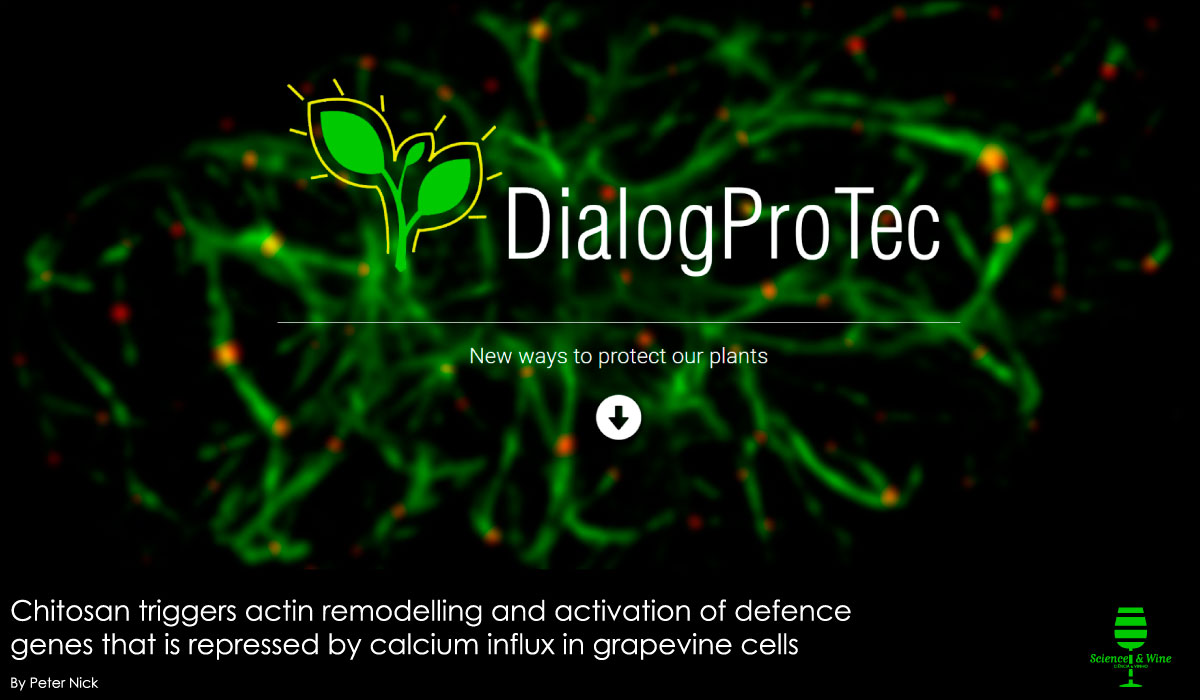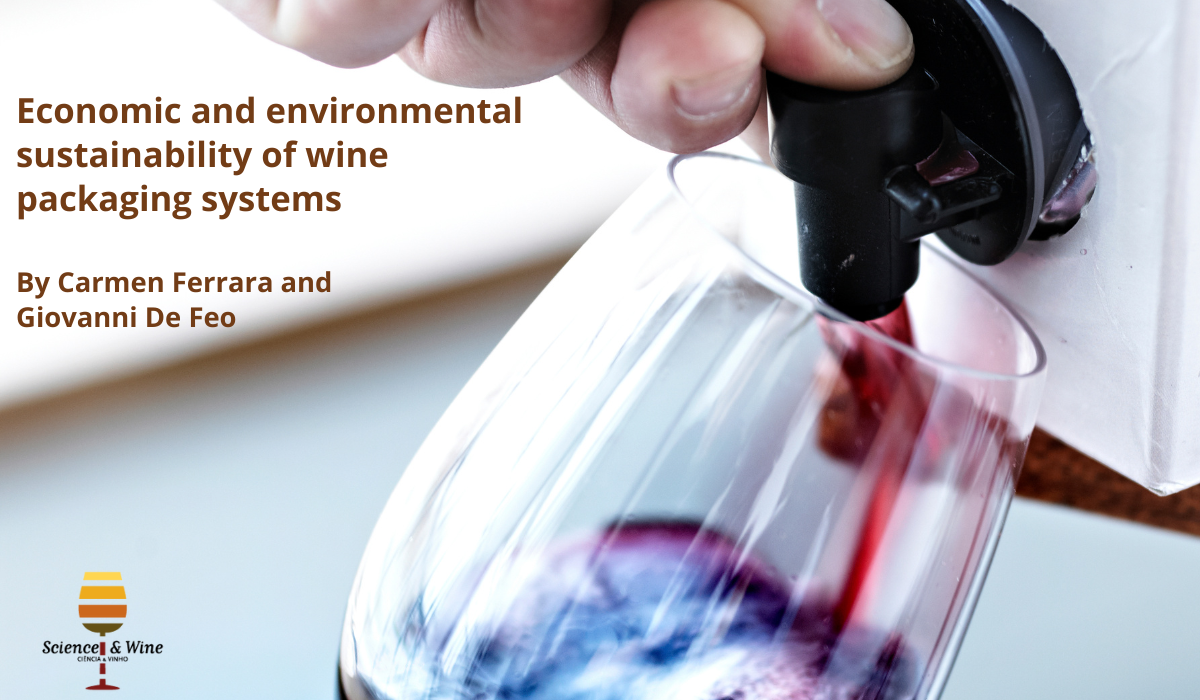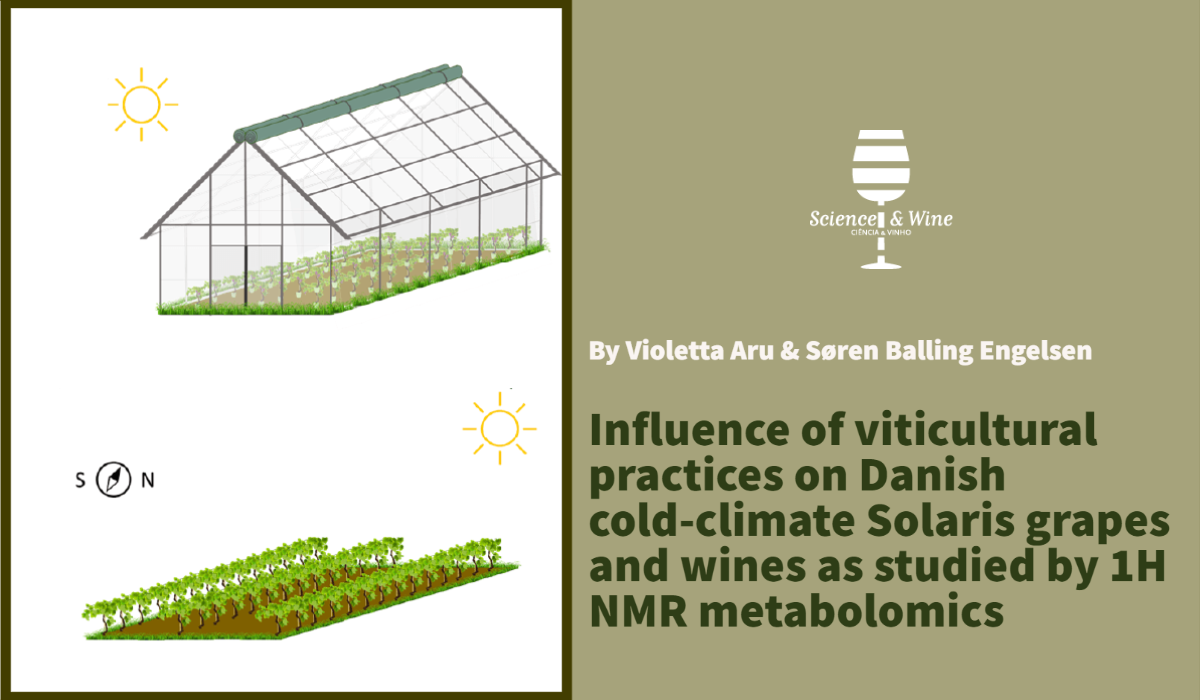The present multidisciplinary study aimed at investigating the impact of water deficit, defoliation, and crop thinning on Solaris’ plant and fruit development as well as on the bulk metabolic composition of Solaris must and wines as measured by FT-IR and 1H NMR. Overall, the results show that, from an agronomical point of view, Solaris has a remarkable ability to tolerate and recover from water stress.

Pierce’s disease of grapevines caused by Xylella fastidiosa: what are the risks?
The vector-borne bacterium Xylella fastidiosa is responsible for Pierce’s disease (PD), a lethal grapevine disease that originated in the Americas. The international plant trade is expanding the geographic range of this pathogen, posing a new threat to viticulture worldwide. To assess the potential incidence of PD, the authors of this post built a dynamic epidemiological model based on the response of 36 grapevine varieties to the pathogen in inoculation assays and on the vectors’ distribution when this information is available.

Agrobiodiversity dynamics in a French wine-growing region
Agrobiodiversity is a promising nature-based solution in the pursuit of sustainable agriculture. In wine-growing systems, commercial pressure and varietal regulations have narrowed agrobiodiversity in vineyards despite higher diversity being an important buffer against the effects of climate change. If drivers of grape diversity change are well-understood at national to global scales, little is known about the local, past or anticipated trajectories that drive agrobiodiversity dynamics depending on growers’ cultural values, practices and choices. We combined quantitative agricultural census data and qualitative ethnographic approaches to characterise changes in the diversity of grape varieties from 1960 to 2020 at the communal and vineyard levels in a French wine-growing region, and to decipher the drivers of change

Is there a mutual methodology among Life Cycle Assessment studies in the wine supply chain?
When talking about environmental and sustainability topics, the wine sector plays a fundamental role ensuring that wine remains not only economically but also environmentally sustainable, hence the importance of conducting analyses to measure the impact of food production through Life Cycle Assessment tool.

Chitosan triggers actin remodelling and activation of defence genes that is repressed by calcium influx in grapevine cells
Fungal diseases of grapevine pose great challenges for global viticulture and require massive plant protection measures. Plant cells are able to sense chitin, a central component of fungal cell walls and respond by activation of basal defence. In this study the authors mapped early defence responses evoked by chitosan, a chitin fragment able to bind to chitin receptors. They found an activation of calcium influx, monitored by extracellular alkalinisation due to a co-transport of protons, remodelling of actin (but not of microtubules), and the activation of transcripts for phytoalexin synthesis, jasmonate-signalling, salicylate signalling, and chitinase. Interestingly, Gadolinium, an inhibitor of calcium influx, can inhibit extracellular alkalinisation in response to chitosan, while the induction of the phytoalexin synthesis transcripts was specifically promoted. In contrast, both DMSO and benzyl alcohol, compounds known to modulate membrane fluidity, partially inhibited the transcript responses to chitosan.

The wine industry by-products: applications for food industry and health benefits
Each year, 20 million tons of wine by-products are generated, corresponding to 30% of the total quantity of vinified grapes. Wine by-products are a source of healthy bioactive molecules, such as polyphenols and other molecules (pigments, fibers, minerals, etc.). The abundance of bioactive compounds assures a promising future for nutritional foodstuff production. Wine by-products can be used to fortify aromatized waters and infusions, bread, pasta, dairy products, alcohol, sugary beverages, and processed foods. These innovative products are part of the Mediterranean Diet and are of great interest to both human and environmental health. Read more that http://science-and-wine.com/

Economic and environmental sustainability of wine packaging systems
The main aim of the study summarized in this post was to perform a combined life cycle assessment and life cycle costing of the most used wine packaging systems in Italy. Packaging plays a key role in food and beverage production and supply chain, but the increasing volume of packaging used causes many environmental concerns. The wine sector is no exception, especially in Italy that is the largest producer in the world. From both the environmental and economical point of views, aseptic cartons and bag-in-box systems were the most sustainable alternatives, while the glass systems had the worst global performances due to the high weight and consequent huge energy consumption during bottle production. The size of the containers was the key factor that most affected the results both in environmental and economic terms.

Improved sustainability in wine industry byproducts: a scale-up and economical feasibility study for high-value compounds extraction using modified SC-CO2
This post summarizes a study carried out with the aim of optimizing the operating conditions and to study the scale-up and the feasibility of the supercritical fluid extraction process for polyphenols from grape pomace, the main solid byproduct of the wine industry. An economic evaluation of the process indicated the feasibility of an industrial SFE plant with a capacity of 500 L for producing in 60 min an extract with an expected phenolics’ concentration of approximately 133 gGAE/kg extract at an estimated 67€ /kgextract cost of manufacturing. Notably, all values are better than those currently reported in the literature

Suitability of Vitis vinifera cv. Carignan versus cv. Tempranillo, in Rioja DOC (Spain), under different weather conditions and projected climate change scenarios
There is growing concern about the effects that a climate change may have on grape production and quality. This has led to studies carried out in different wine-growing areas of the world in which a trend of advance of phenology and harvest has been seen. However, the degree of change may not be the same in all areas and for all varieties. Given the projected climate change scenarios that involve changes in temperatures and in precipitation, it is necessary to deepen the knowledge of the response of different varieties to these changes and identify those varieties that may be more resilient, in addition to adopting other measures that can help mitigate the effects of warming.

3rd World Science & Wine: Sustainability of wine production and food systems in the Mediterranean region
As promised, we will maintain the organization of the World Congress every two years. The 3rd World Science & Wine Congress will be from 14 to 16 June 2023 in Vila Nova De Gaia and the Douro region. The topic for this scientific meeting here will be “Sustainability of wine production and food systems in the Mediterranean region”.

